Honda CRF1000L Africa Twin Test
Riding the Africa Twin | Day One
By Trevor Hedge
The Australian and NZ launch of Honda’s new CRF1000L Africa Twin kicked off on Monday with a 240km ride from Picton through to Hanmer Springs.
The first 40km was mainly commuting style riding on tarmac but the final 200km of the day was a beautiful run through the Awatare Valley, which really allowed me to get a great first impression of Honda’s, is it ever going to finally get here, entry to the more off-road side of the adventure-touring market.
Today I chose to ride the DCT version of the Africa Twin. This is the top of the range in what is a three-tier offering.
The base model, without ABS or traction control, sells for a surprisingly well priced $15,499. $16,999 gets you the ABS/TC model complete with handguards, bashplate, centre-stand and LED indicators while $17,999 gets you the burger with the lot, complete with Honda’s latest iteration of dual-clutch transmission technology which, in this application, is developed and tuned for both on and off-road performance.
I also rode on the standard Dunlop Trailmax D610 tyres. Most of the bikes on the launch have more serious off-road tyres, such as TKC70 or TKC80. I thought it more of a test of the machine to ride it with more limited grip, to get a better understanding of the dynamics and capabilities of the machine.
The bike I rode today also had the full kit of Honda hard luggage, large panniers and top-box.
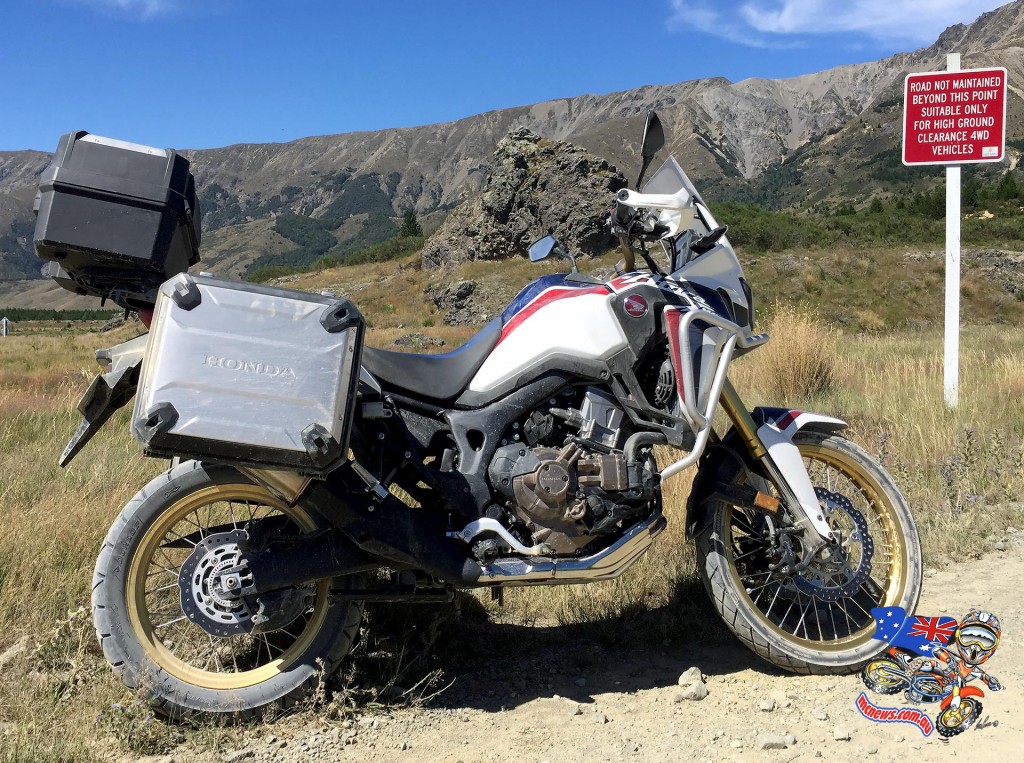
Thus my mount was perhaps in worst case scenario mode for any serious off-road work. Where normally, if you wanted to have a crack in the dirt, the bike would be wearing something like Karoo 3 rubber, no luggage, and if you are technology averse, the base model machine with no ABS will be favoured by some, as while the rear ABS can be deactivated, the front ABS can’t be switched off.
The dirt today was not all that challenging in regards to extreme ascents or descents, but the surface was very loose and dusty, and thus on the standard road oriented rubber there was plenty of sliding around going on and more than a few front end tucks needed to be saved by a hefty stab of Alpinestars Toucan, my new favourite adventure boot, in to the ground.
I also let the DCT box do all the shifting itself, to test it’s mapping for off-road work. The DCT has three modes, normal, sport and manual, all three are easily selectable on the fly from the right bar. The auto modes can also be temporarily overridden by the use of the manual up-down shift paddles on the left bar.
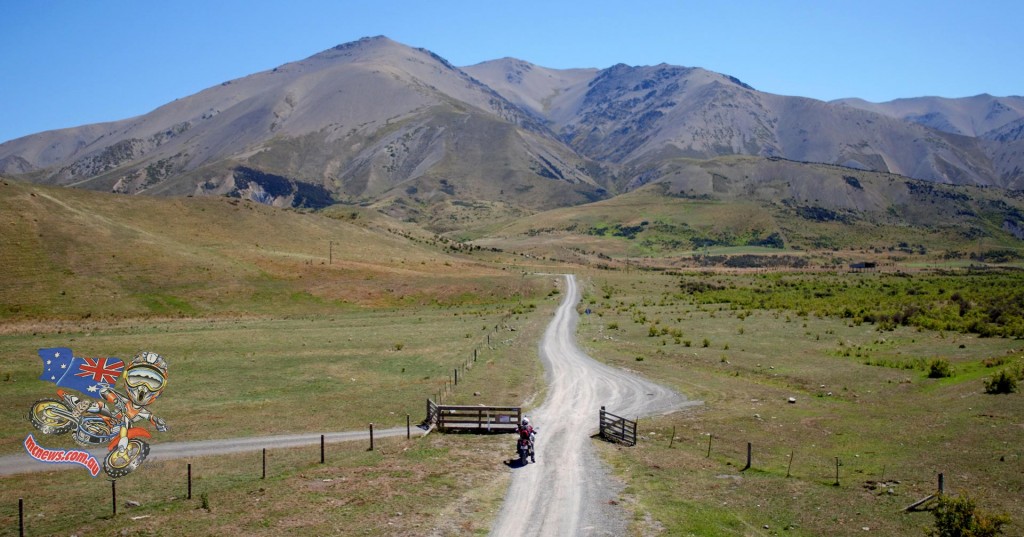
On my report from today’s first day on the bike I will primarily concentrate on my impressions of the DCT.
While I understand that DCT technology is certainly the way of the future, early adopters in the automotive world have been severely burnt by expensive failures. The woes of Volkswagen Golf owners in particular are legendary, with $10,000 plus failures of their DCT gearboxes not uncommon. Anybody that would buy a secondhand DCT car or keep one out of warranty is a very brave person indeed.
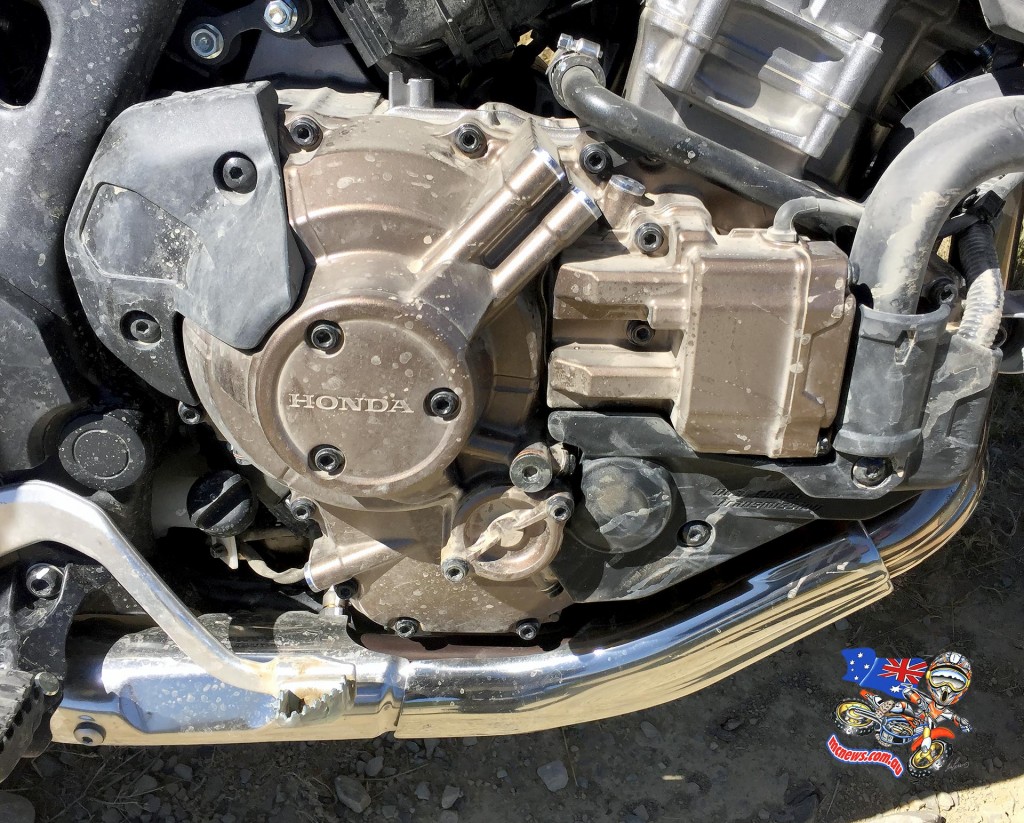
That said, personally, if I was going to trust any manufacturer to get it right, then it would probably be Honda. In recent years, Big Red has been the most risk averse company when it comes to introducing new technology to the mainstream market. Honda also has a few years experience under their belt with DCT technology in their ATV product. And trust me, if anyone is going to break things, it is farmers. I have nothing against our hard working men and women on the land, but I have seen first hand the lack of mechanical sympathy they have for their motorcycles and ATV assets. Thus Honda’s experience in the ATV sector certainly does give me a fair bit of confidence that they might get this right.
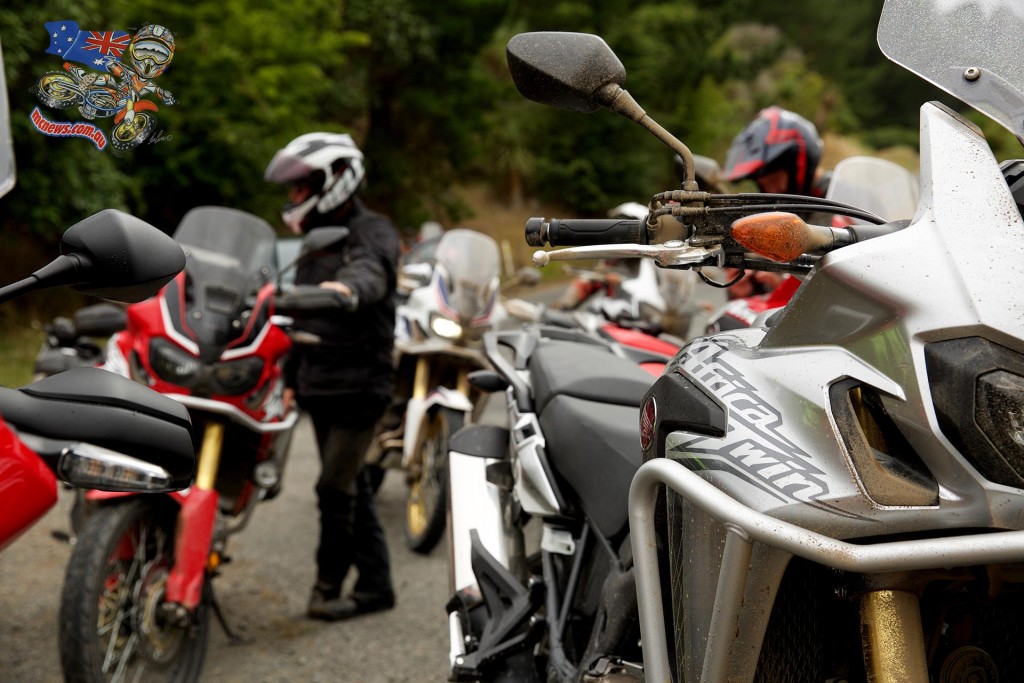
What’s my opinion on how this latest Honda DCT stuff works?
It is bloody awesome.
Sure, the lack of a clutch lever and being able to bang down the gears to wash off speed in a hurry is a bit alarming at first, especially when it comes to panic braking as you arrive way too hot on the approach to a tricky off camber loose shale corner, complete with a 100-foot sheer drop waiting for you if you should get it wrong; instinct kicks in and you automatically reach for that clutch lever and the toes seek out a shifter; a slightly helpless feeling washes over you as realism dawns that neither are there to comfort you as you soil your pants…
But, for 99 per cent of riding scenarios, I quickly learned that the DCT in the Africa Twin is better than me.
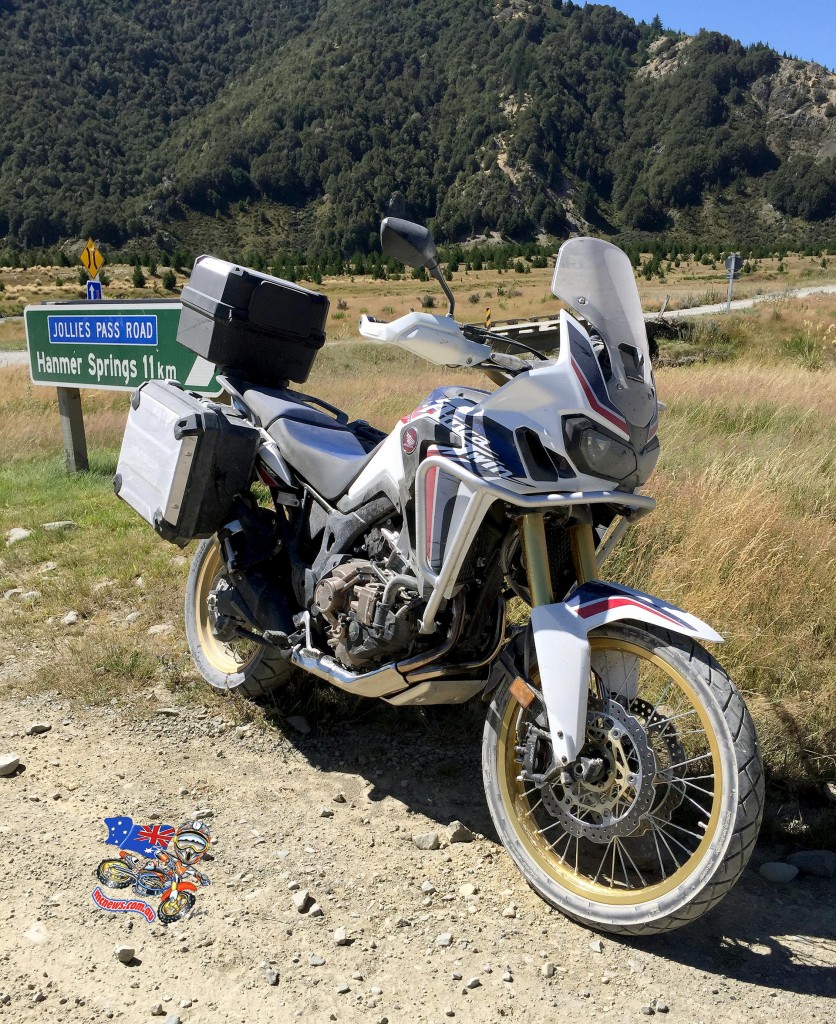
Look, I am no Graham Jarvis, Chris Birch or Toby Price, but I have done plenty of adventure riding, including a 7000km off-road APC Rally. I have covered probably close to 200,000km on a variety of machine in this genre, including all the KTM Adventure bikes (I owned a 990 Adventure R), BMW GS machines in various capacities and generations, and also have plenty of experience on the old school more basic way of adventure touring from an Acerbis tanked XT600 Yamaha I once owned, through to the post ’97 generation of DR650 machines. Including one particular DR650 that I covered 54,000km on in 15 months, entered natural terrain motocross events on it, and rode it to those events on the same Pirelli MT21 rubber I would enter the event on, then ride home.
Thus, I am not new to this riding big bikes off-road caper. And with that level of experience under my belt, I still say that this DCT in the Africa Twin is, for the most part, better than me. For older riders starting to suffer from a bit of wear and tear on their body, and perhaps with some arthritis creeping into their hands, the DCT will be the best thing since electric start.
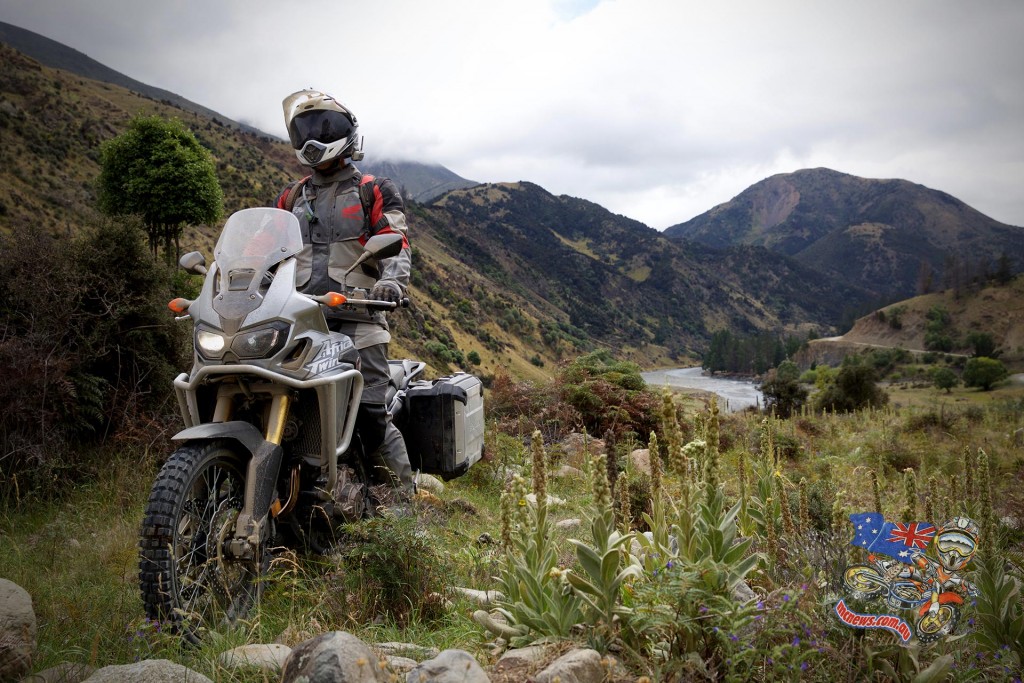
Of course, without a clutch lever I can’t pull the 462 monos per day I am well renowned for, it takes a crest in the track for me to get this bike up on one, but apart from that the only other times I think a conventional clutch might aid a rider of my very experienced, but certainly not Pro/Expert/Talented level of riding ability, is in the case of traversing perhaps a very rocky creek crossing, or needing to lift the front over a downed branch across an otherwise impassable track.
But, reality check here, this bike is not a 450, and the vast majority of riders interested in this machine are more likely to turn around and find another way to their next destination, rather than try and get a large adventure machine over a downed tree, or risk an incredibly expensive dunking in a deep river crossing. A friend of mine recently sucked water into the airbox of their 450 motocross machine and was up for an almost $5000 repair bill, and that’s on a single cylinder four-stroke motocross bike. The invoice for a full rebuild on a multi-cylinder adventure machine that swallowed a lung full of liquid does not bare thinking about.
Downshifting is almost imperceptible when braking lightly, but if up it for the rent and coming in hot then the system downshifts more aggressively. If rolling on the throttle gently to overtake after cruising the machine stays in top gear and uses the strong bottom end pull of the parallel twin. Twist a little harder and it will drop down to fifth, roll the throttle tube all the way to the stop and it will drop down as many gears as needed to get the machine up into the 6000rpm+ rev zone on the LCD tachometer. You feel it slot down each ratio in order, it doesn’t just go from 6th to 3rd for example, you feel the machine slot through each gate on the way down through the box.
If you are hard on the gas or feathering through a corner the machine knows this, and holds the gear you are in.
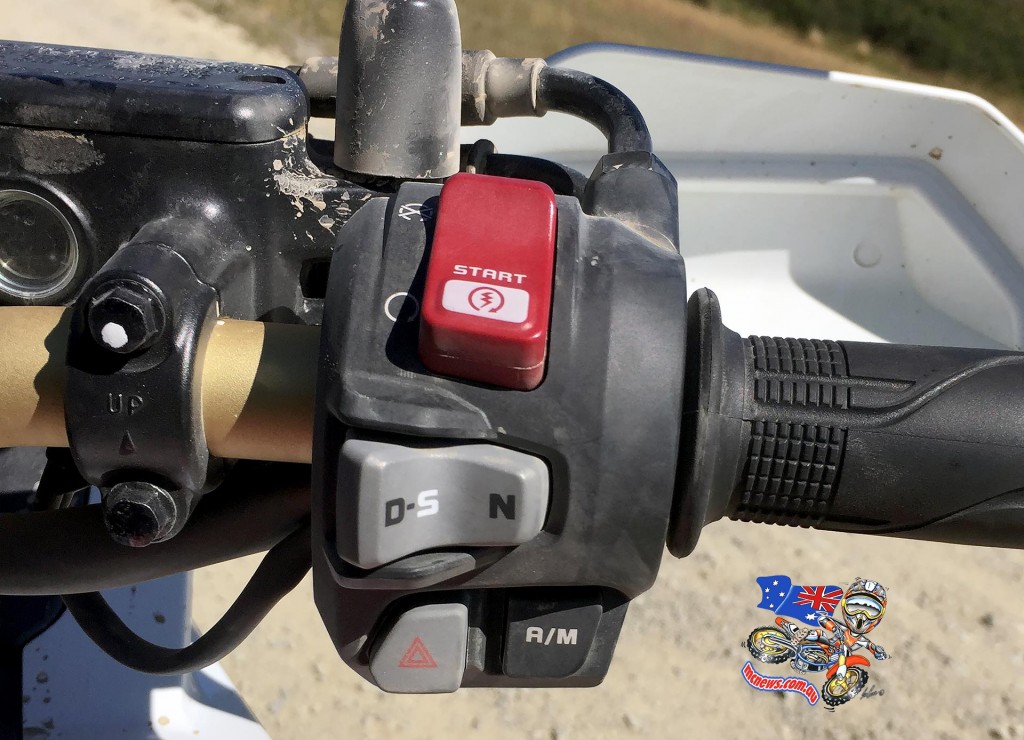
From a standing start the machine feels entirely natural, likewise feet up slow speed manoeuvring is a doddle. Coming to a complete stop is also perfectly natural and fuss free. When parking on an incline there is a lever on the left bar that acts as a parking brake. If the sidestand is down the machine will not go into gear. Thus far, it has not made a mistake.
I am keen later this week to try a snotty loose more technical ascent to really see how it would go in the bush, for those potential owners that like their adventures a little more extreme. It’s been so competent thus far that the thought of attacking something more challenging has me more excited than filled with trepidation.
Honda Australia originally envisaged that the take up rate of the DCT option on the Africa Twin would be around 20 per cent. Early confirmed orders, of which there are already more than 100, indicate that this split is way off the mark, and that already more than 30 per cent of their first customers for the Africa Twin are wanting to buy a DCT equipped bike. After word gets out just how good this box is, I think that number may increase markedly.
I would love to add more but I have to get back on the trail. I would love to have more time right now to dig into the technical nitty gritty of the DCT box and expand on numerous other areas of the machine but time is pressing. This promotional video from Honda shows a bit more about the DCT. I will check in again tomorrow after my second day of what will be four days on the Africa Twin, riding down New Zealand’s South Island.
P.S. Day Two Report now available here; Day Three Report Here.























